Transparent ceramics have recently acquired a high degree of interest and notoriety. Basic applications include lasers and cutting tools, transparent armor windows, night vision devices (NVD) and nose cones for heat seeking missiles. Currently available infrared (IR) transparent materials typically exhibit a trade-off between optical performance and mechanical strength.
 Transparent Kayak
Transparent Kayak
For example, sapphire (crystalline alumina) is very strong, but lacks full transparency throughout the 3–5 micrometer mid-IR range. Yttria is fully transparent from 3–5 micrometers, but lacks sufficient strength, hardness, and thermal shock resistance for high-performance aerospace applications. Not surprisingly, a combination of these two materials in the form of the yttria-alumina garnet (YAG) has proven to be one of the top performers in the field.
You might also like
| What is Indium Tin Oxide? Indium tin oxide (ITO, or tin-doped... | Types of Materials Metals: Metals are elements... | Advanced Ceramics A ceramic is an inorganic, nonmetallic... | Futuristic Materials Metamaterial What are metamaterials? They... |


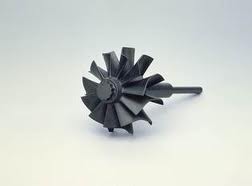

 Alloy Suppliers
Alloy Suppliers
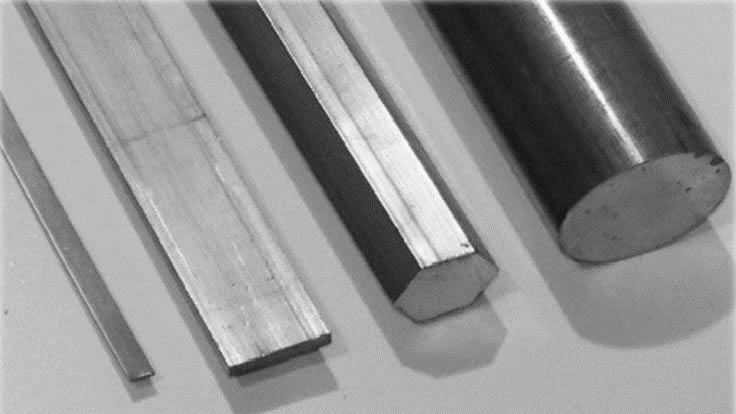 Aluminum
Aluminum
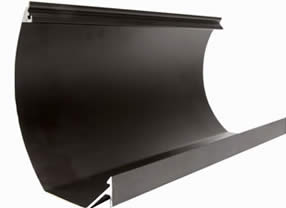 Aluminum Extrusions
Aluminum Extrusions
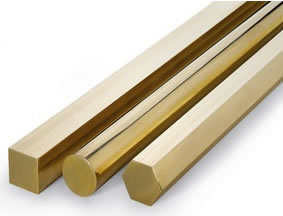 Copper-Brass-Bronze
Copper-Brass-Bronze
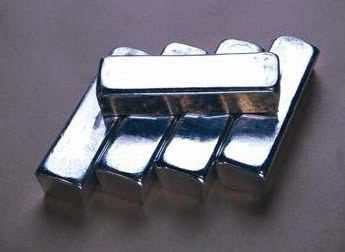 Nickel
Nickel
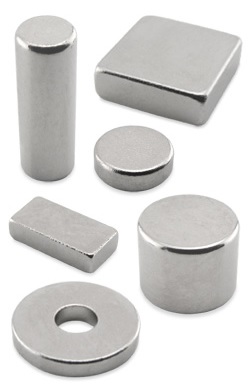 Magnets
Magnets
 Stainless Steel
Stainless Steel
 Stainless Steel Tubing
Stainless Steel Tubing
 Steel Service Centers
Steel Service Centers
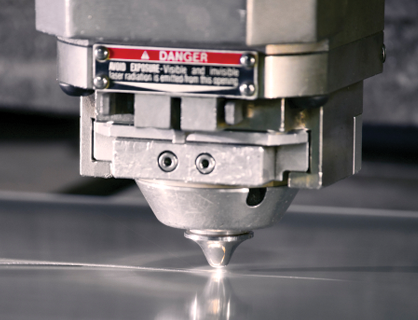 Titanium
Titanium
 Tungsten
Tungsten
 Wire Rope
Wire Rope